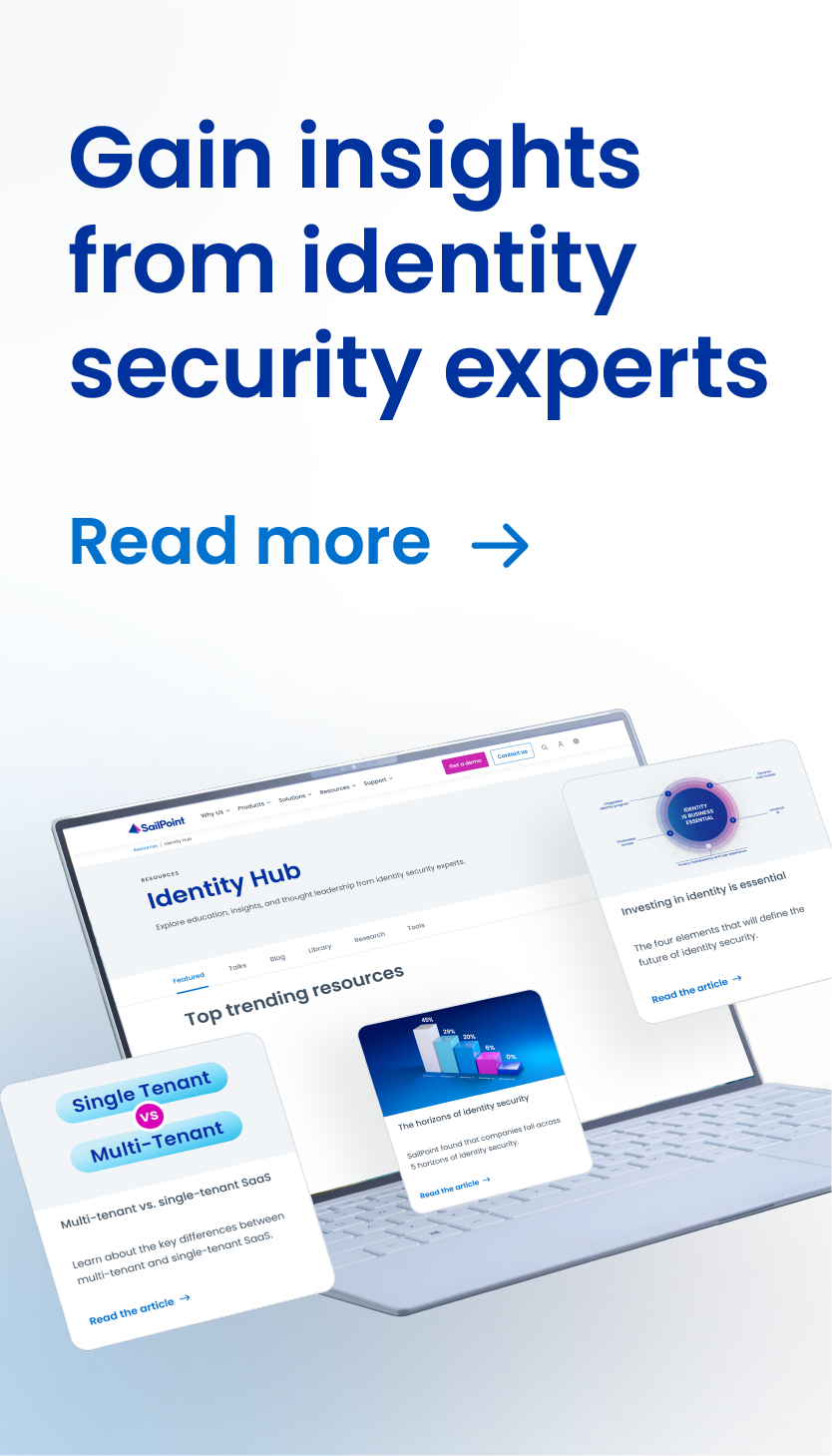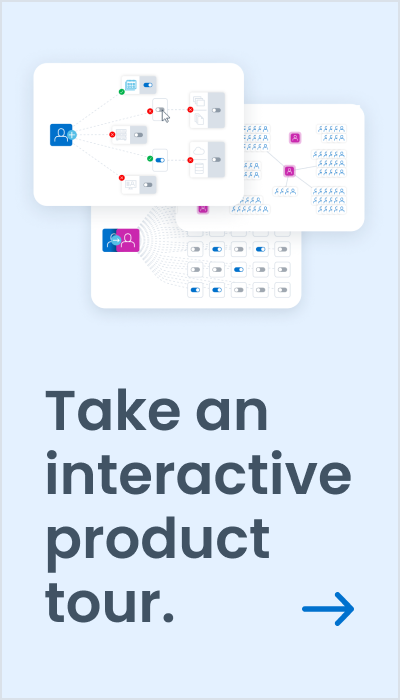Simplicity In The Solution: Steps Toward Identity Governance
It goes without saying that the amount of data and the number of ways to capture it is only going to increase. Transformative digital platforms have vaporized the boundaries traditionally surrounding organizations and exacerbated the complexity of their security environments. For any business, the stakes are as high as its brand’s reach into the lives of consumers.
Here’s how companies can address increasingly complex identity governance environments and implement solutions that scale.
• Bring leadership aboard: Make the case for an automated identity governance solution to your C-suite and board of directors. Among the most convincing arguments: Perimeter defense is inadequate in today’s environment. An identity governance program must be an enterprise-wide business solution that monitors human and non-human users wherever they are, on whatever device they use.
Yes, almost all senior leaders understand the importance of cybersecurity and identity governance (96% of executives surveyed by Forbes Insights have either deployed a solution or have one under development). But more needs to be done to bring the C-suite in line with the efforts led by information security leaders: Only 47% believe their senior leaders see cybersecurity as an enterprise-wide priority even though their IT leaders place security at the forefront of business objectives.
• Assess your global environment: Work with all groups within your organization to determine weakness and vulnerabilities related to identity and access. Then, designate a team focused on managing identity governance.
Map where you need to be on security from a maturity level and from a capability perspective. The core goal: to provision the appropriate access for contractors, employees and vendors no matter where they’re at in your environment as quickly as possible and as efficiently as possible. Be sure your solution also deprovisions access when it’s no longer needed. Someone leaves the company, the account is terminated.
• Work with the right partner: Find a solution that offers the reach and scale needed to monitor massive amounts of identity data. Machine learning algorithms can help IT security teams “see” through massive amounts of identity data to detect anomalies.
Detect anomalies as they occur, in real time, and make decisions or adjustments accordingly, a capability that vastly reduces the risk of user access privilege abuse. It also means that users get up to speed in their new role with the right level of access quickly, a time-saver that ultimately boosts productivity.
• Pick deployment options: An identity governance partner should offer comprehensive solutions that mesh with your infrastructure—from SaaS to public cloud, on-premises and managed service providers.
A big challenge for enterprises today is the number of applications or processes now using cloud computing. An identity partner can help an enterprise find the right deployment option for any given environment.
• Aim for top talent: It’s hard to find and acquire talent with specific cybersecurity qualifications, such as architecture engineers. A strong identity partner will have a team of experts ready to respond to questions and challenges.
A big part of choosing a partner is the technical ability and expertise being offered. Executives who spoke with Forbes Insights say they’re attracted to more than a vendor’s value proposition and features; a partner’s data science professionals are a big factor in bringing in outside help as well.
• Report results: Report regularly to the audit committee (every quarter) and to the board (at least once a year) on challenges and progress with identity governance. Integrate your business process so that cyber is a central component of how you do business. If there’s a business process change anywhere in your organization, the appropriate controls need to be put in place.
In the face of disruptive change that will only deepen as new devices and platforms come online, and as the Internet of Things casts off more data, identity governance is of the utmost importance. Enterprises are now managing identities through their own deployments and through partnerships, with their leadership in lockstep. The questions from the business side are becoming less about the technical component of cybersecurity and more about how to remove and reduce risk. And that’s what identity governance is all about.
To learn more, read “Identity Governance: The Great Enabler.”
This article previously appeared on Forbes.com



Discussion